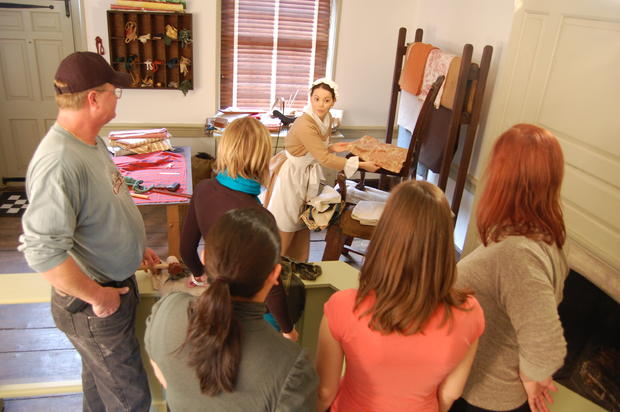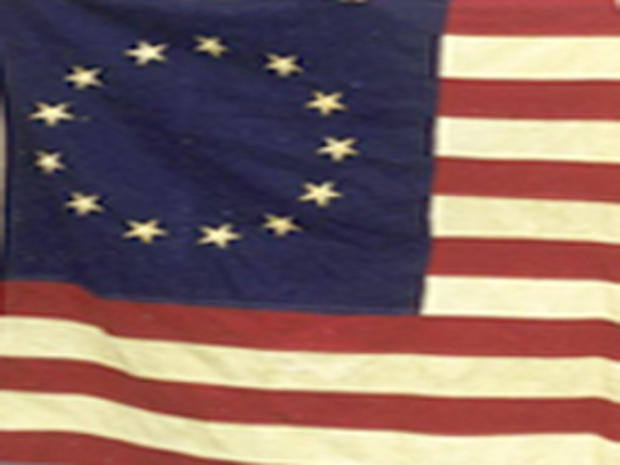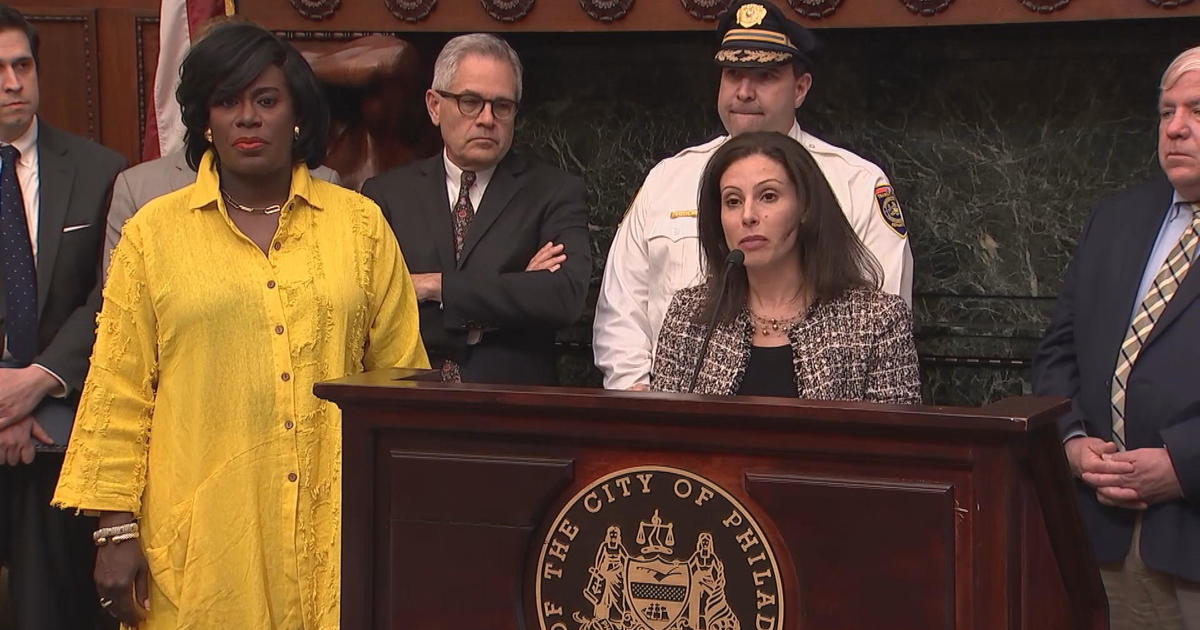Guide To The Betsy Ross House
History is everywhere in the nation's first capital, from the cobblestone streets of Old City to the grassy quads of Penn. So it's no surprise that the creator of our nation's flag and one of the most important women in American history, Betsy Ross, lived and worked right here in Philadelphia.
These days, her house has become a unique Philadelphia attraction, offering visitors the chance to catch a glimpse into the life and work of its most famous occupant. Here's everything you need to know about the historic Betsy Ross House. –Chelsea Karnash
House History: Betsy's house, at 239 Arch Street, didn't become a landmark until relatively recently. Built over 250 years ago, it was occupied by a shoemaker, a shopkeeper, an apothecary, a tailoring business, a tavern and several other businesses after Betsy's death. Though the house was recognized in 1876 as the place where the first American flag was created and efforts were made to preserve it, the house was renovated and restored several times before it was opened to the public on Flag Day in 1937. Years later, in 1995, Historic Philadelphia, Inc., a non-profit, leased the property and took over its management. The company continues to run the site today.
About Betsy: Before Betsy stitched our nation's flag, she was Elizabeth Griscom, one of 17 children in the Quaker Griscom family. After spending her childhood in Philadelphia, Betsy was apprenticed to the popular Philadelphia upholsterer John Webster, where she fell in love with a fellow apprentice, John Ross. Since Ross wasn't a Quaker, Betsy's parents didn't approve of the relationship. Still, in 1773, the young couple eloped to NJ and married before settling in a house on what is now Arch Street, in Philadelphia.
Though Betsy's life seems idyllic up until this point, a number of tragedies shortly befell her. First, her young husband was killed while guarding barrels of gunpowder during the Revolution, leaving Betsy to run their fledgling upholstery business. After Betsy married her second husband mariner Joseph Ashburn in 1777, they had a daughter together, but Joseph was soon taken prisoner by the English. Shortly thereafter, their daughter Zilla died at only nine-months-old.
A grieving Betsy continued to run the upholstery business, and in 1782, she was visited by a fellow prisoner and friend of her second husband named John Claypoole, who came to bring her the sad news of her husband's death. Faced with widowhood at the age of 30 for the second time, Betsy ended up marrying John and returning to her Quaker roots. The two had five daughters together, but only four lived to adulthood.
In 1793, tragedy struck again. Betsy's mother, father and sister all died days apart of yellow fever, leaving Betsy to raise her niece. And although Betsy and John were married for 34 years, John was disabled by a war injury for nearly 20 of them and needed constant care from his wife.
After John's death due to a long illness in 1817, Betsy continued to run her upholstery business. She finally retired at the age of 76, moved to her daughter's farm, and died in her sleep in 1836 at 84 years old.
The Birth of the Flag: As the story passed down to Betsy's ancestors goes, George Washington himself (along with Robert Morris and George Ross) showed up at Betsy's store in 1777. Washington pulled a sketch of the potential U.S. flag from his pocket, which is said to have had the thirteen red and white stripes and thirteen stars—with one difference. Washington and his fellow men had originally drawn six-pointed stars; Betsy convinced them the stars should be the five-pointed ones on our flag today. The rest is history, and the Stars and Stripes were deemed our official flag in June of 1777.
Visiting the Betsy Ross House: Today, the Betsy Ross House is furnished with pieces from the Betsy's time period, the mid-to-late 18th century. There are seven rooms open to the public, and the attraction is the only replica of an 18th century upholstery shop in the country. Some of Betsy's original possessions that you can see at the Betsy Ross House are her eyeglasses, Bible, petticoat, a walnut chest and her Chippendale and Sheraton sidechairs.
Each day, the Betsy Ross House offers visitors the chance to take self-guided or audio tours. The flag is raised daily, and a Betsy impersonator is available to take questions and meet guests. For a list of additional programs at the Betsy Ross House, click here.
Every Flag Day, the House hosts a Flag Festival. This year's will be held on Sunday, June 11th. The theme is A Turn of the Century, and highlights include a Victorian-style streetfair, old-fashioned carnival games and activities and a pet parade. For more info on Flag Fest, click here.
The Betsy Ross House is open from April through October, 10 a.m. - 5 p.m. daily. It's closed on Mondays from November through March, and closed on both Mondays and Tuesdays during January and February. For self-guided tours, a visit to the house will set adults back a mere $4; kids, students, seniors and military personnel are free.
Hungry after your tour? Hot dogs, drinks and light snacks are available in the courtyard from Thursday through Sunday during March and April and daily starting May 1.
For directions, click here.
For group info, click here.
To donate to the Betsy Ross House, click here.
The Betsy Ross House is located at:
239 Arch Street
Philadelphia, Pa. 19106
215-686-1252
www.betsyrosshouse.org





